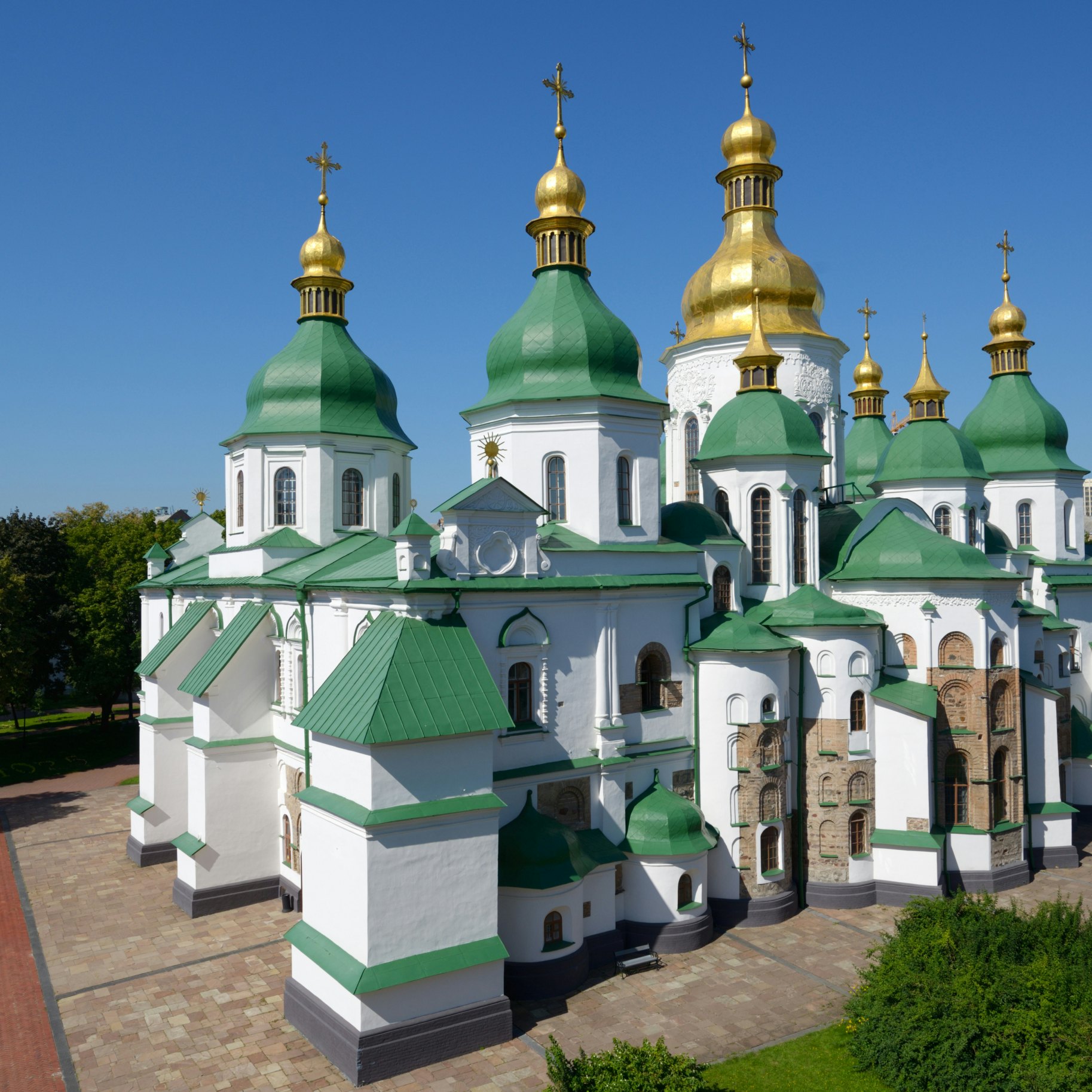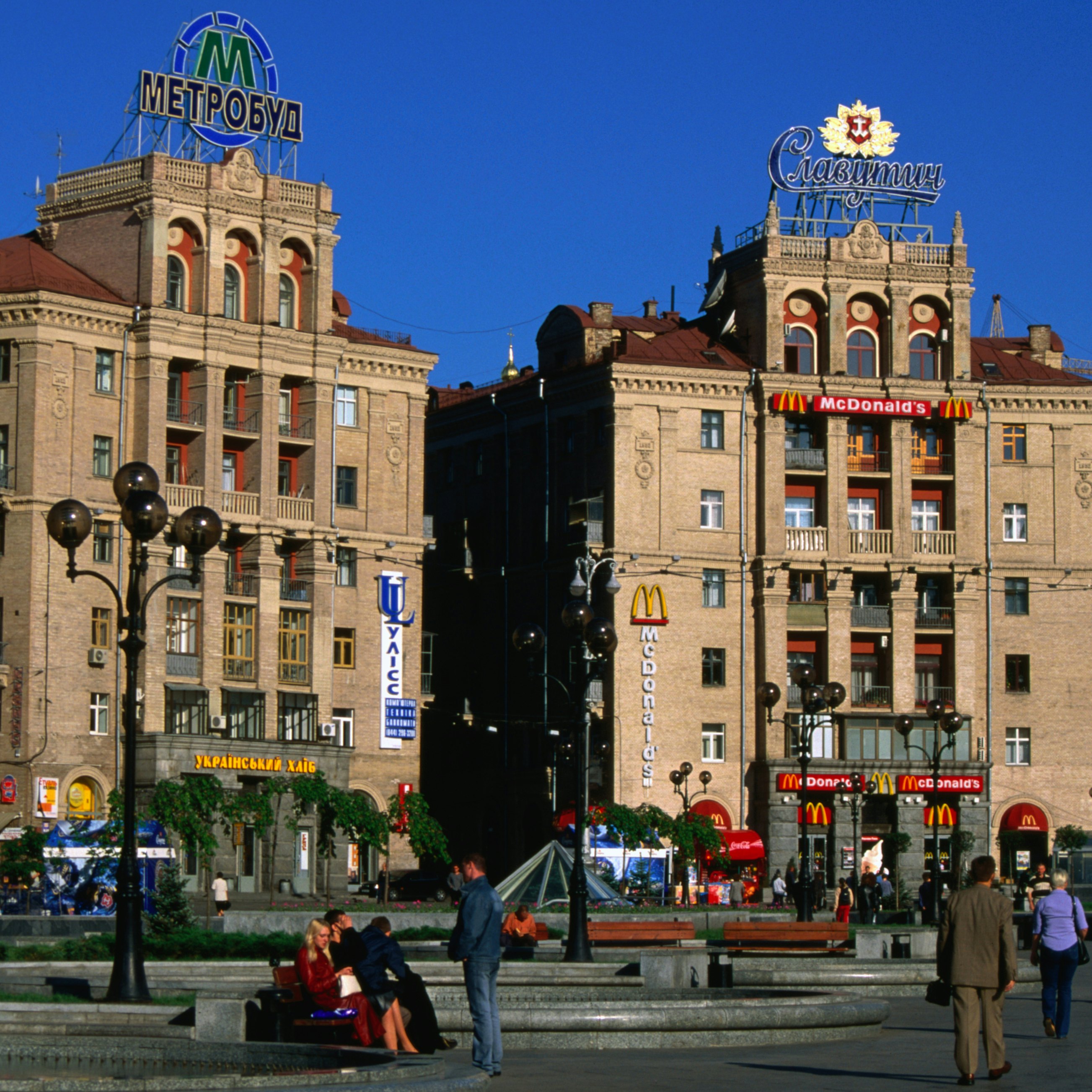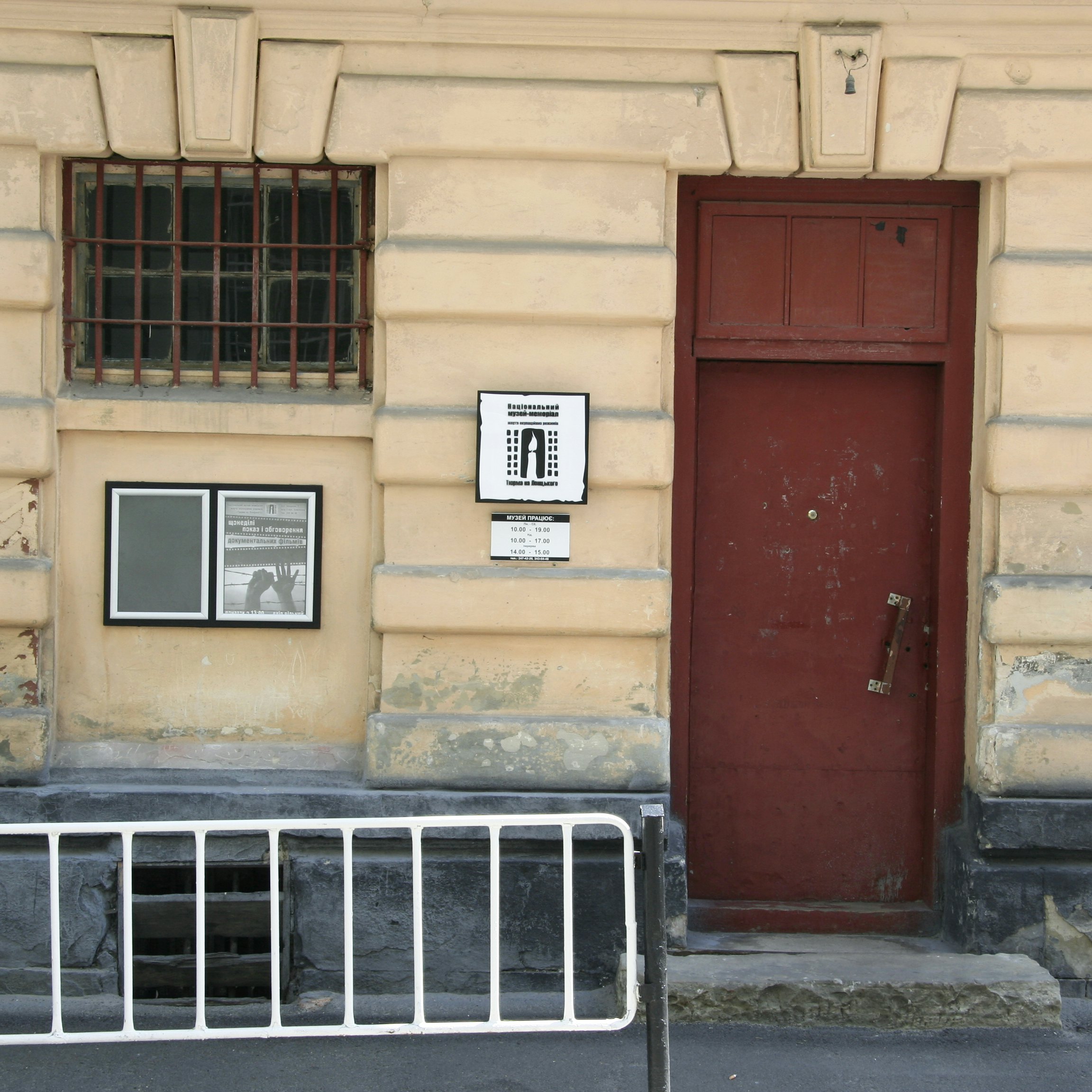

Getty Images/Lonely Planet Images
Overview
Big, diverse and largely undiscovered, Ukraine is one of Europe’s last genuine travel frontiers, a nation rich in colourful tradition, warm-hearted people and off-the-map experiences.
Plan your trip with Guide, an AI travel planner!
Create a personalized trip itinerary in seconds using artificial intelligence.
Must-see attractions
Get a book. Get inspired. Get exploring.
in partnership with getyourguide













